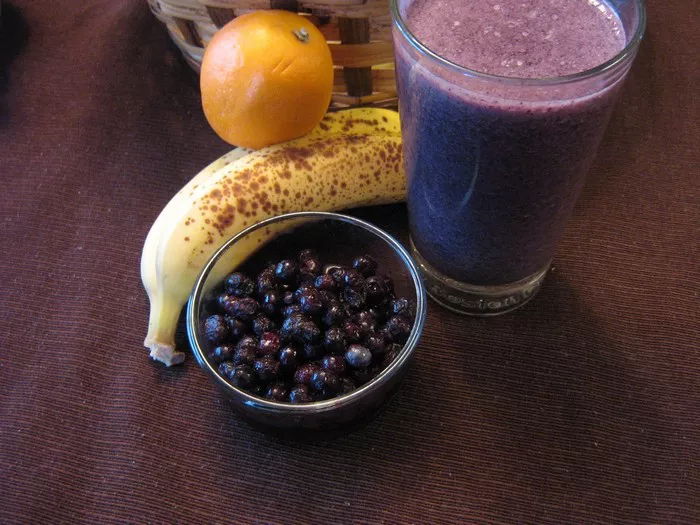Lava cake, also known as molten chocolate cake or fondant au chocolat, is a decadent dessert that has captivated food enthusiasts worldwide. Its defining feature is a rich, flowing chocolate center encased in a delicate cake exterior. This dessert is not just a culinary masterpiece but also a psychological experience, blending sensory pleasure with emotional satisfaction. Let’s explore the origins, science, and cultural significance of this iconic treat, along with the psychological reasons behind its universal appeal.
The Origins of Lava Cake
The exact origin of lava cake is debated, but it gained prominence in the 1980s and 1990s as a staple of French-inspired fine dining. Some attribute its creation to chef Jean-Georges Vongerichten, who reportedly underbaked a chocolate cake by accident, resulting in a gooey center. Others suggest it evolved from earlier French desserts like the petit gâteau. Regardless of its roots, the dish quickly became a symbol of indulgence, celebrated for its simplicity and luxurious texture.
Early recipes emphasized high-quality chocolate and precise baking times, principles that remain central today. The dessert’s popularity spread globally, with adaptations ranging from home kitchens to vegan variations.
The Culinary Science Behind the Molten Center
Ingredients and Structure
The magic of lava cake lies in its ingredients and preparation. Key components include:
High-quality chocolate: Dark or couverture chocolate (often Belgian) provides depth and ensures a smooth melt.
Butter or plant-based substitutes: Adds richness and moisture.
Eggs and sugar: Create structure and sweetness while aiding in the cake’s rise.
Flour: Minimal amounts are used to keep the cake tender and prevent over-thickening.
Baking Technique
The molten center is achieved through precise temperature control and timing. The batter is baked just long enough for the outer layer to set while the interior remains liquid. Most recipes recommend baking at 200°C (392°F) for 8–12 minutes, depending on oven efficiency and mold size. Overbaking even by a minute can solidify the center, turning it into a regular chocolate cake.
Psychological Appeal
Sensory Pleasure and Anticipation
The dessert engages multiple senses:
Visual: The contrast between the cake’s firm exterior and oozing center creates excitement.
Olfactory: The aroma of melted chocolate triggers dopamine release, associated with reward and happiness.
Tactile: The interplay of warm cake and cool accompaniments like ice cream offers a textural “temperature contrast” that heightens enjoyment.
Emotional Comfort
Chocolate contains compounds like phenylethylamine and theobromine, which stimulate endorphin production. This biochemical response can elevate mood and reduce stress, making lava cake a popular comfort food. Additionally, the act of indulging in a rich dessert is often linked to self-reward behavior, especially after a long day or during celebrations.
Nostalgia and Social Connection
Sharing a lava cake fosters bonding, as seen in restaurant dialogues where it’s paired with coffee or ice cream. The dessert’s association with special occasions—romantic dinners, birthdays—creates positive memories, reinforcing its emotional significance.
Cultural Impact and Variations
Global Adaptations
Lava cake has inspired countless interpretations:
- Vegan versions: Use almond milk, tofu, and coconut sugar to replicate the classic texture.
- Flavor twists: Matcha, salted caramel, or raspberry-infused centers cater to diverse palates.
- Regional ingredients: In Asia, red bean paste or black sesame are popular fillings.
Dining Trends
The dessert’s versatility allows it to thrive in both casual and upscale settings. It’s a menu staple in Western restaurants, often highlighted as a “chef’s special” for its theatrical presentation. Home bakers also embrace it for its simplicity, using everyday items like coffee mugs as molds.
Making Lava Cake at Home
Chocolate Quality: Opt for couverture or dark chocolate (60–70% cocoa) for optimal flavor.
Prepping Molds: Butter and sugar the ramekins thoroughly to ensure easy release.
Baking Time: Start checking at 8 minutes—the edges should be set, but the center jiggly.
Serving Suggestions: Pair with vanilla ice cream, fresh berries, or a dusting of powdered sugar to balance richness.
Conclusion
Lava cake transcends culinary trends by combining science, artistry, and psychology. Its molten core symbolizes indulgence and spontaneity, while its adaptability reflects global culinary creativity. Whether enjoyed in a Michelin-starred restaurant or a home kitchen, this dessert continues to delight, proving that sometimes, the simplest pleasures are the most profound.
Related topics:
How To Prepare Choco Lava Cake?
How Do You Make a Molten Lava Cake
How to Make the Perfect Chocolate Lava Cake

























